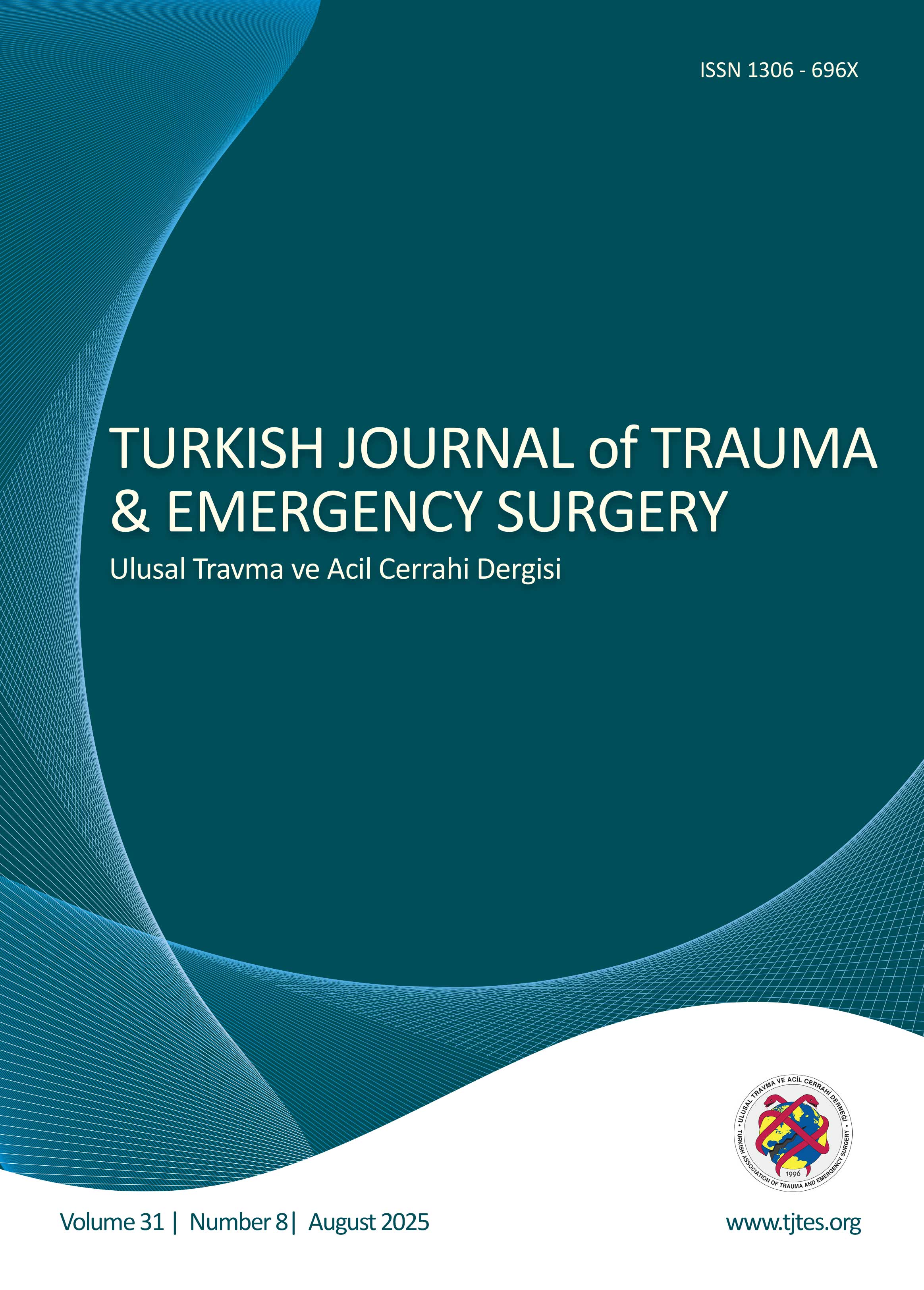Quick Search
Detection and classification of femoral neck fractures from plain pelvic X-rays using deep learning and machine learning methods
Hüseyin Fatih Sevinç1, Kemal Üreten2, Talha Karadeniz2, Gökhan Koray Gültekin31Department Of Orthopedics And Traumatology, Versa Hospital, Kapadokya University, Nevşehir, Turkey2Department Of Computer Engineering, Çankaya University, Ankara, Turkey
3Department Of Electrical And Electronics Engineering, Yıldırım Beyazıt University, Ankara, Turkey
BACKGROUND: Femoral neck fractures are a serious health concern, particularly among the elderly. The aim of this study is to diagnose and classify femoral neck fractures from plain pelvic X-rays using deep learning and machine learning algorithms, and to compare the performance of these methods.
METHODS: The study was conducted on a total of 598 plain pelvic X-ray images, including 296 patients with femoral neck fractures and 302 individuals without femoral neck fractures. Initially, transfer learning was applied using pre-trained deep learning models: VGG-16, ResNet-50, and MobileNetv2.
RESULTS: The pre-trained VGG-16 network demonstrated slightly better performance than ResNet-50 and MobileNetV2 for de-tecting and classifying femoral neck fractures. Using the VGG-16 model, the following results were obtained: 95.6% accuracy, 95.5% sensitivity, 93.3% specificity, 95.7% precision, 95.5% F1 Score, a Cohens kappa of 0.91, and the Receiver Operating Characteristic (ROC) curve of 0.99. Subsequently, features extracted from the convolution layers of VGG-16 were classified using common machine learning algorithms. Among these, the k-nearest neighbor (k-NN) algorithm outperformed the others and exceeded the accuracy of the VGG-16 model by 1%.
CONCLUSION: Successful results were obtained using deep learning and machine learning methods for the detection and clas-sification of femoral neck fractures. The model can be further improved through multi-center studies. The proposed model may be especially useful for physicians working in emergency departments and for those not having sufficient experience in evaluating plain pelvic radiographs.
Derin öğrenme ve makine öğrenmesi yöntemleriyle düz pelvis röntgenlerinden femur boyun kırıklarının tespiti ve sınıflandırılması
Hüseyin Fatih Sevinç1, Kemal Üreten2, Talha Karadeniz2, Gökhan Koray Gültekin31Versa Hastanesi, Ortopedi Ve Travmatoloji Bölümü, Kapadokya Üniversitesi, Nevşehir2Çankaya Üniversitesi Mühendislik Fakültesi, Bilgisayar Mühendisliği Bölümü, Ankara
3Yıldırım Beyazıt Üniversitesi Mühendislik Fakültesi, Elektrik Ve Elektronik Bölümü, Ankara
AMAÇ: Femur boyun kırıkları özellikle yaşlılarda ciddi bir sağlık sorunudur. Bu çalışmanın amacı, düz pelvis röntgenlerinden femur boyun kırıklarını derin öğrenme ve makine öğrenmesi algoritmalarıyla teşhis etmek, sınıflandırmak ve bu yöntemlerin performanslarını karşılaştırmaktır.
GEREÇ VE YÖNTEM: Çalışma, femur boyun kırığı olan 296 hastaya ve femur boyun kırığı olmayan 302 kişiye ait toplam 598 düz pelvis röntgen görüntüsü üzerinde yürütülmüştür. Öncelikle, önceden eğitilmiş derin öğrenme modelleri olan VGG-16, ResNet-50 ve MobileNetv2 ağları ile transfer öğrenme yöntemi uygulandı.
BULGULAR: Femur boyun kırığı tespiti ve sınıflandırması için önceden eğitilmiş VGG-16 ağı, ResNet-50 ve MobileNetv2 ağlarına göre biraz daha iyi performans göstermiştir. VGG-16 ağı ile %95.6 doğruluk, %95.5 duyarlılık, %93,3 özgüllük, %95.7 kesinlik, %95.5 F1 skoru, 0.91 Cohens kappa ve 0.99 roccurve sonuçları elde edilmiştir. Daha sonra, VGG-16 evrişim katmanından çıkarılan öznitelikler, yaygın olarak kullanılan makine öğrenmesi algoritmaları ile yeniden sınıflandırıldı. K-en yakın komşuluk (k-NN) algoritması, diğer makine öğrenmesi algoritmalarından daha iyi performans göstermiştir, k-NN, doğruluk açısından VGG-16 modelinden %1 daha iyi performans göstermiştir.
SONUÇ: Femur boyun kırıklarının tespiti ve sınıflandırılmasında derin öğrenme ve makine öğrenmesi yöntemleri ile başarılı sonuçlar elde edilmiştir. Model, çok merkezli çalışmalarla geliştirilebilir. Önerilen model, özellikle acil servislerde çalışan hekimler ve düz pelvis radyografilerini değerlendirmede yeterli deneyime sahip olmayan hekimler için yararlı olabilir.
Manuscript Language: English



